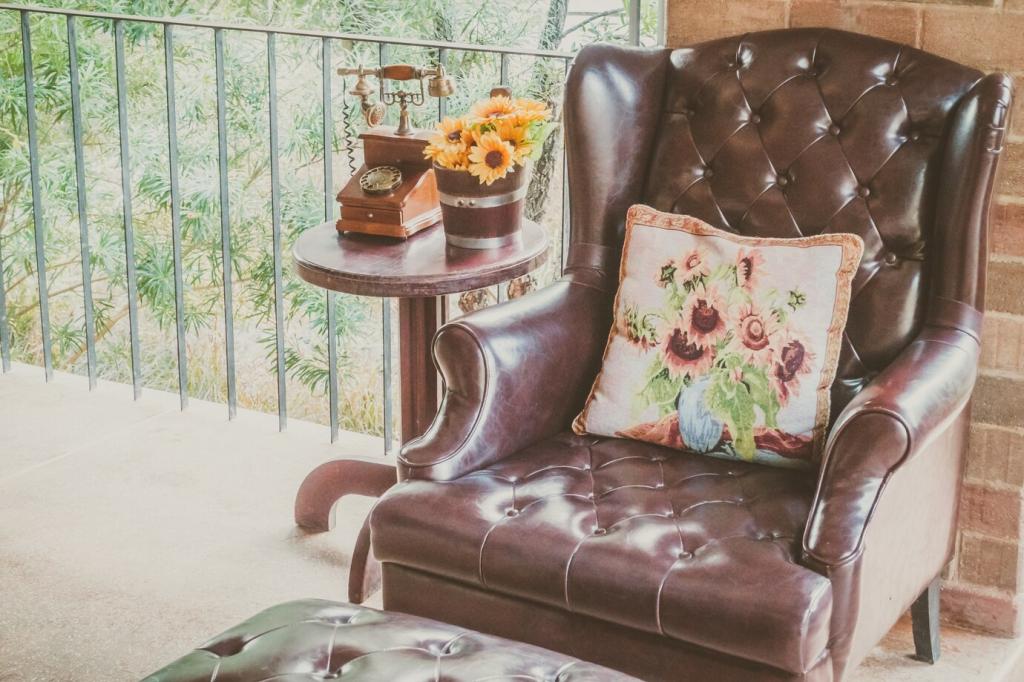Sanding Without Regrets
Move stepwise—80 to 120 to 150 or 180, depending on species and finish. Skipping grits leaves hidden scratches that finishes highlight. Take your time, vacuum between steps, and only progress when the previous scratch pattern disappears.
Sanding Without Regrets
Cross-grain sanding tears fibers and telegraphs through finish like faint railroad tracks. Use sanding blocks or flat pads to keep surfaces even, and always orient strokes with the grain. Your final passes should be slow, steady, and patient.




